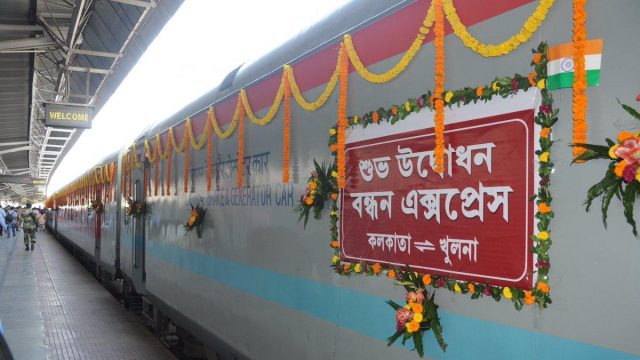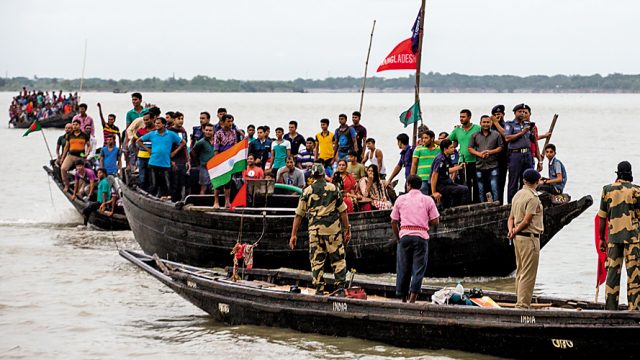Moving Pictures: Rickshaw Art of Bangladesh (Mapin Publishing, Rs 450) is about the size of a bar
Soon to be taken off the arterial streets of Dhaka, allegedly under pressure from the World Bank, the Bangladeshi rickshaws share the fate of its kin, the hand-pulled rickshaws of Kolkata. So Kuntala Lahiri-Dutt and David J. Williams, a human geographer and an air quality scientist, set out to document the dying art, using it as a keyhole to discover socioeconomic truths. Not surprisingly, there are problems. Problems not uncommon when the ‘mundane’ is eulogised as exotic ‘subaltern art’. What also plays out is an insider-outsider tussle, where Kuntala, who grew up in India, traces her roots to Bangladesh and in the same breath talks of being “held up on the way by an elephant and a broken down bus.” Though wide-eyed and ambitious, they do include the crucial question of what happens to the art mistris when the rickshaws disappear.
Like the winners of Teen Chakar Taroka, an American Idol-style talent show for riders and drivers of Bangladeshi cycle- and auto-rickshaws, the images speak of hope and progress. Like the one with an embellished Tower Bridge of London with a train under it and a plane flying over it — this on a rickshaw, lowest in the pecking order, powered by human will and poverty alone.
Rickshaw art
Leave a Reply
You must be logged in to post a comment.




